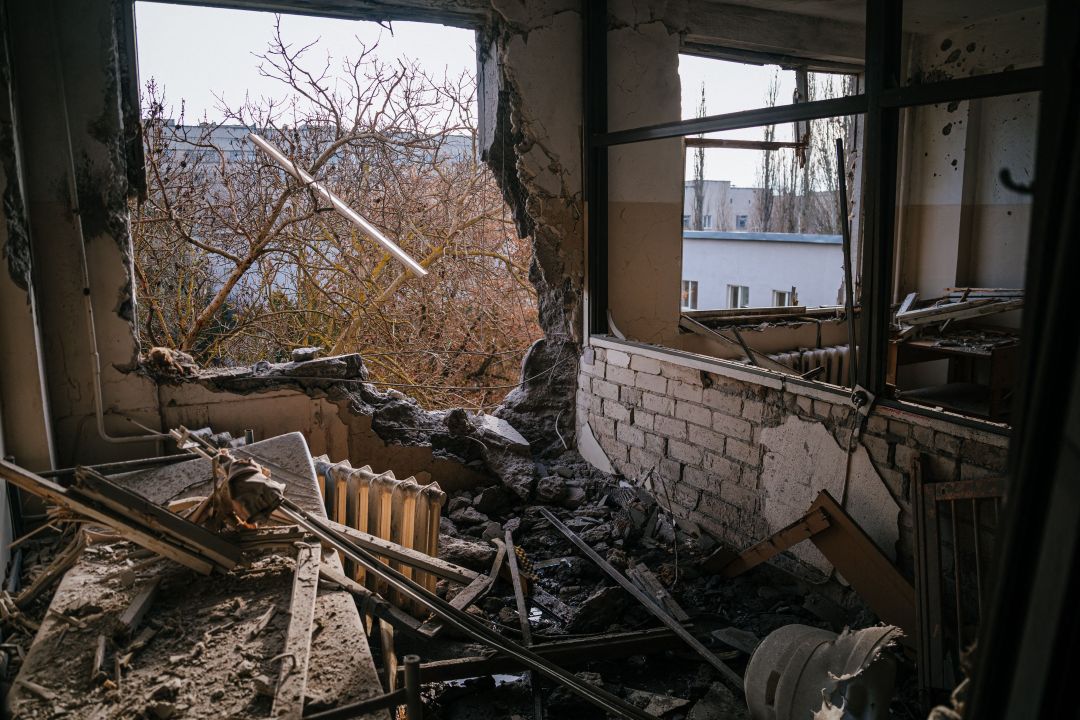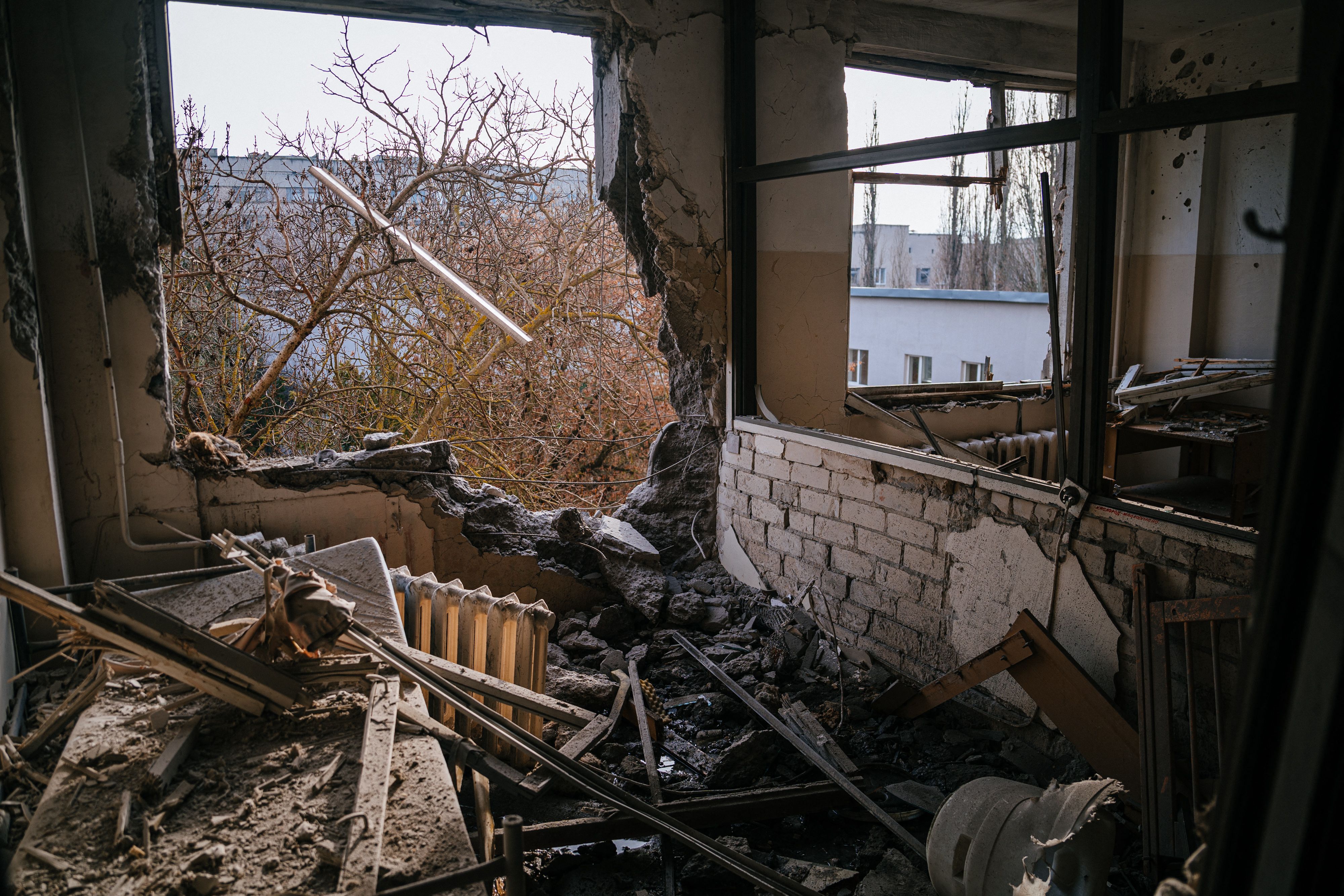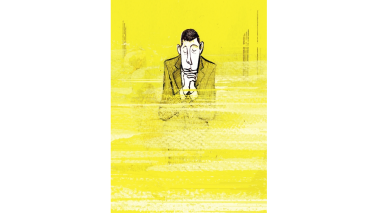On Xi Jinping’s recent visit to Moscow, Vladimir Putin suggested that China’s peace plan could potentially resolve the ‘conflict in Ukraine’ once the West and Kyiv are ready for it. However, last night, Russia launched a series of missile and drone attacks on Ukraine, indicating that Moscow’s intentions are to resolve the conflict through force. While rescuers try to find survivors under the debris of the apartment blocks, the US has warned Kyiv that Putin may launch another offensive in the coming weeks, possibly on different fronts.
Amid reports that Russia is running low on missiles, it now relies on Iranian drones for assaults on Ukrainian cities. Last night, 21 Shahed-136 drones were fired: the Ukrainian military said it downed 16 of them. In Rzhyshchiv city, Kyiv Oblast, seven people died after a dormitory and school were hit. Then, in the morning, two Russian missiles struck a residential building in Zaporizhzhia, injuring 25 people and killing one. ‘Russia is shelling the city with bestial savagery. Residential areas where ordinary people and children live are being fired at’, wrote Volodymyr Zelensky on his Telegram channel.
Today Zelensky visited the frontline near Bakhmut to hear the latest reports and to reward Ukrainian fighters. The battles for the city have been ongoing since last summer, and now all the roads are under Russian artillery fire. Russian assault groups are trying to advance from the outskirts to the centre of Bakhmut. Western allies have been telling Ukraine to retreat, saying the flattened city is no longer worth the fight. Ukraine’s military command refuses to withdraw as the battle weakens Russia’s army: five Russians are dying for every one Ukrainian in Bakhmut. Moreover, it prevents the Russians from moving on and bombing out other cities.
The US expects the coming weeks of the war to be critical, as Russia may launch another attack, possibly on different fronts. John Kirby, the spokesperson for the US National Security Council, has stated that Putin will ‘try to mount another offensive, and maybe along many different vectors’. Ukraine has confirmed this assessment, with Roman Kostenko, the secretary of the national security committee, saying that everything depends on the weather. ‘When it dries up, they will try to counterattack. It will be the Donetsk and Zaporizhzhia directions, and maybe one more for distraction – the northern one’, said Kostenko.
Zaporizhzhia, located in south-eastern Ukraine approximately 22 miles from the front line, has been under constant attack from Russian missiles for the last month and is a key target for further Russian offensives. Putin had claimed to have annexed Zaporizhzhia, along with three other oblasts, as part of the Russian Federation in September last year, but Moscow has yet actually to occupy the city. In March this year, authorities in the Russian-controlled part of the region declared occupied Melitopol as the oblast capital, citing it as a temporary measure until Russia captures Zaporizhzhia.
After making a ‘gesture of goodwill’ in Kherson, Russian forces have lost the opportunity to launch an offensive on the right bank of the Dnipro river. Currently, the only way for Moscow to change the situation is to capture Zaporizhzhia, digging in on the river’s right bank. To cross the largest biggest natural obstacle in all of Ukraine presents a significant military challenge for the Russian forces, and it remains to be seen whether they will attempt such a move.
Keep up to date with the latest developments in the war with Svitlana’s Ukraine in Focus newsletter.








Comments